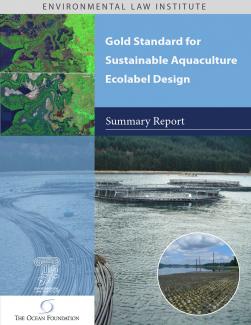Effects of Climate Change on Aquatic Invasive Species and Implications for Management and Research
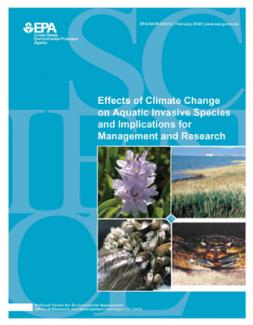
This ELI-authored EPA report considers the interactions of climate change and aquatic invasive species (AIS). It analyzes the existing scientific literature on the effects climate change will have on AIS and considers provisions for adaptation to changing conditions in existing state AIS management plans. Based on this analysis, ELI offers five recommendations for states to maintain and improve state AIS management programs and activities in a changing climate.
Gulf of Mexico Habitat Conservation & Restoration: A Look at the Five U.S. Gulf States' Legal and Institutional Frameworks

This report examines the legal and institutional frameworks for achieving habitat conservation and restoration of the five U.S. Gulf states (Alabama, Florida, Louisiana, Mississippi, and Texas). It provides an overarching assessment of the states’ approaches to managing different habitat types as well as several cross-cutting issues, including examples of particularly successful programs and recommendations for strengthening others. It also provides individual profiles of each of the five states.
Gulf of Mexico Habitat Conservation & Restoration: Comparing the Mexican & United States Legal & Institutional Frameworks

Completed in partnership with the Centro Mexicano de Derecho Ambiental (CEMDA), this report compares Mexican and U.S. laws, policies, and institutions related to Gulf of Mexico habitat conservation and restoration. The main report provides an overview of the domestic and bilateral mechanisms for sustaining Gulf habitat, identifies opportunities for increasing coordination and collaboration between the two countries, and discusses lessons learned from other regions. The appendices provide more detailed information on each of the topics covered.
Siting Wind Facilities on State-Owned Lands and Waters
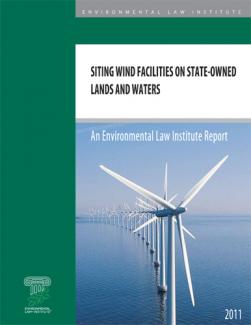
Siting Wind Facilities on State-Owned Lands and Waters examines opportunities that states have explored for siting commercial-scale wind facilities on lands and waters that are government-owned. State trust lands and forests and the beds of rivers and the Great Lakes offer potential opportunities for wind power that can help advance state renewable energy goals. States own large parcels that may facilitate siting commercial-scale facilities; they also control lands that may be intermingled with private or federal lands suitable for wind development.
Marine Spatial Planning in US Waters: An Assessment and Analysis of Existing Legal Mechanisms, Anticipated Barriers, and Future Opportunities

Marine spatial planning (MSP) has gained increasing international attention as a tool for implementing ecosystem-based management, reducing user conflicts, and ensuring the sustainable use of ocean and coastal resources. While the President’s Interagency Ocean Policy Task Force developed recommendations for a federal MSP framework, the Environmental Law Institute and Ocean Conservancy have released a report, Marine Spatial Planning in US Waters, that reviews federal ocean and coastal laws, identifying the obstacles and opportunities they present for federal MSP.
Ocean and Coastal Ecosystem-Based Management: Implementation Handbook
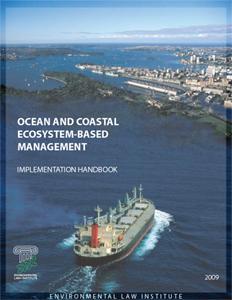
With support from the David and Lucile Packard Foundation and input from many ocean and coastal management experts, the Environmental Law Institute produced this Handbook to identify successful approaches to implementing marine ecosystem-based management (EBM), describe their limitations, and highlight opportunities to apply them in the future. This Handbook provides a spectrum of examples that take steps toward EBM. It is designed to share a variety of approaches that may be useful in different settings depending upon regional needs and opportunities.
Expanding the Use of Ecosystem-Based Management in the Coastal Zone Management Act
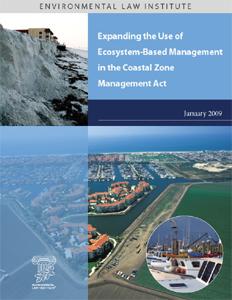
This ELI research report focuses on expanding the role of ecosystem-based management (EBM) in the Coastal Zone Management Act (CZMA), which arguably is the most influential federal law on marine and coastal resources in the U.S., but with few provisions that reflect EBM. This paper identifies sections of the Act poised to adopt EBM and suggests language that could be added to the CZMA. As reauthorization of the CZMA has raised interest in its structure and objectives, this simple idea could have far-reaching effects on the health of this country’s marine and coastal areas.
